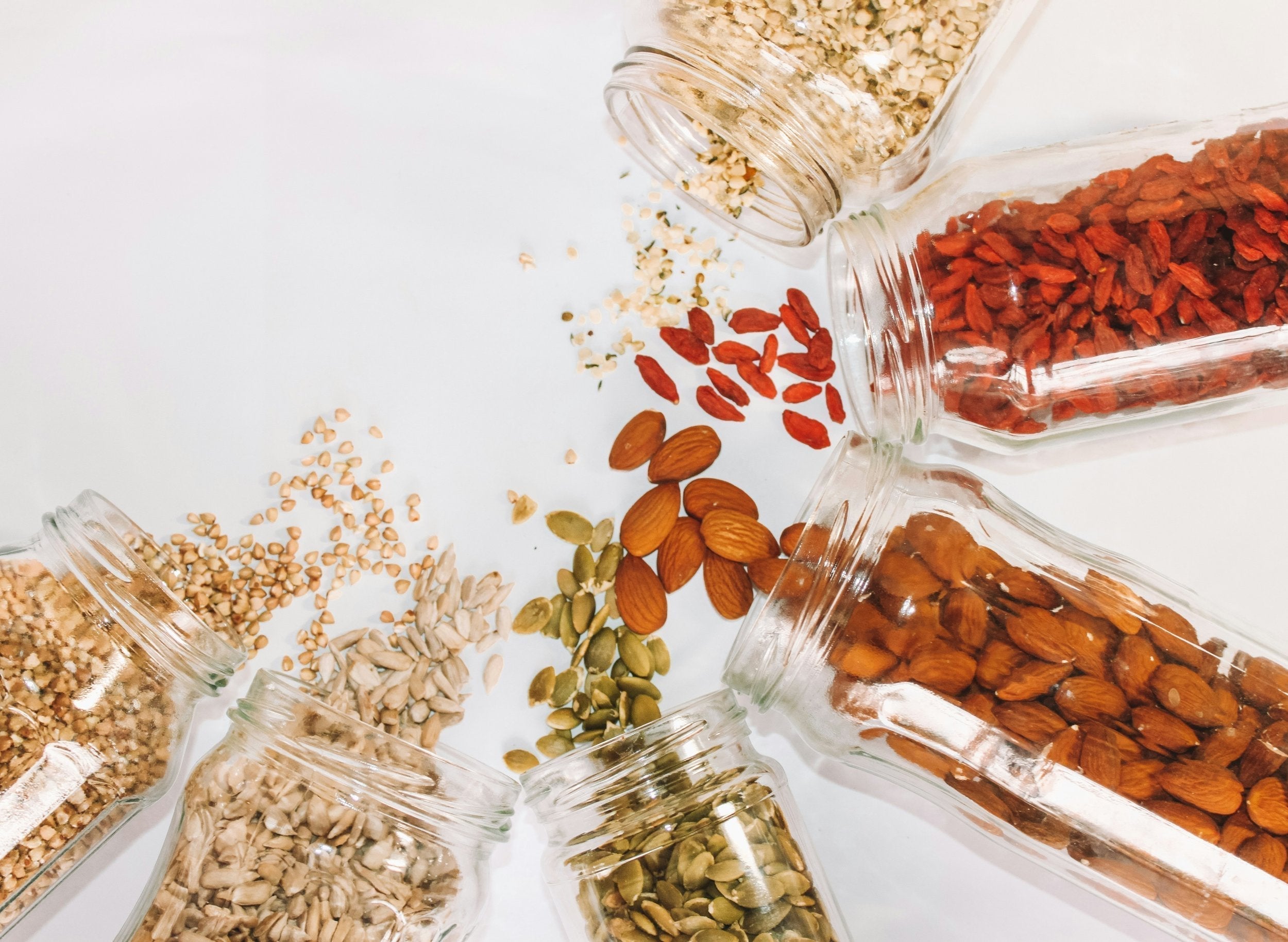7 Skin Signs of Insulin Resistance | Early Symptoms to Watch
Insulin resistance is a common but often overlooked issue in women with Polycystic Ovary Syndrome (PCOS). It occurs when your body’s cells don’t respond effectively to insulin, leading to elevated blood sugar and insulin levels. Surprisingly, your skin can often reveal the first clues of this underlying metabolic dysfunction.
In this article, we’ll explore 7 skin signs of insulin resistance, their significance, and how they connect to PCOS. We’ll also discuss how early detection, lifestyle changes, and working with a PCOS-focused dietitian can help you take control of your health.

Key Takeaways:
-
Insulin resistance can cause visible skin changes.
-
The 7 skin signs include acanthosis nigricans, skin tags, acne, hirsutism, androgenetic alopecia, psoriasis, and hidradenitis suppurativa.
-
These dermatological symptoms may serve as early warning signs of metabolic dysfunction.
-
Insulin resistance and PCOS are closely linked, affecting fertility, weight, and hormonal balance.
-
Addressing insulin resistance through nutrition, exercise, and stress management can improve both skin health and overall wellness.
The Connection Between PCOS and Insulin Resistance
Polycystic Ovary Syndrome (PCOS) affects up to 10%-20% of women of reproductive age. One major hallmark of PCOS is insulin resistance, present in approximately 70% of women with the condition.
When your cells resist insulin’s signals, the pancreas produces even more insulin to compensate. This high insulin level stimulates the ovaries to produce excess androgens (male hormones), contributing to symptoms like irregular periods, acne, weight gain, and fertility struggles.
Importantly, insulin resistance can also show up externally, right on your skin, often before other symptoms even become obvious.
7 Skin Signs of Insulin Resistance
Recognising early dermatological signs of insulin resistance can prompt faster intervention and help prevent more serious health problems down the line. Here’s what to watch for:
1. Acanthosis Nigricans
This condition causes dark, thick, velvety patches of skin, typically around the neck, armpits, and groin.
It’s one of the most recognisable skin signs of insulin resistance.
2. Skin Tags
Small, soft, benign growths that tend to appear where skin rubs together (like the neck, underarms, or eyelids).
An increased number of skin tags can signal underlying insulin resistance.
3. Acne
Hormonal acne, especially along the jawline and cheeks, is common in women with PCOS and insulin resistance.
Excess insulin stimulates sebum (oil) production and inflammation, leading to breakouts.
4. Hirsutism
Excessive hair growth on areas like the face, chest, or back in women often signals high androgen levels driven by insulin resistance.
5. Androgenetic Alopecia
Also known as female-pattern hair loss, this causes thinning hair along the crown or part line.
It’s closely linked to hormonal imbalances worsened by high insulin levels.
6. Psoriasis
This chronic inflammatory skin condition has been associated with insulin resistance and metabolic syndrome.
Persistent patches of red, scaly skin could be another warning sign.
7. Hidradenitis Suppurativa
This painful condition causes lumps, abscesses, and scarring in areas like the underarms and groin.
It’s often linked to both insulin resistance and inflammation.

Other Symptoms of Insulin Resistance
In addition to skin changes, insulin resistance can cause:
-
Abdominal weight gain
-
Persistent fatigue
-
Increased hunger and cravings
-
Difficulty losing weight
It’s also closely tied to metabolic syndrome — a cluster of risk factors that include high blood pressure, abnormal cholesterol, and high blood sugar — which increases the risk for type 2 diabetes and cardiovascular disease.
Early detection is key. If you notice any combination of these symptoms, it’s important to seek professional evaluation and start making positive changes.
Tips to Improve Insulin Resistance
Improving insulin resistance naturally involves targeted lifestyle and nutrition strategies. Here are the top ways to support better metabolic health:
✅ Adopt a PCOS-Friendly Diet
Focus on whole foods, fibre-rich vegetables, lean proteins, healthy fats, and low-glycemic carbohydrates.
Minimise processed foods, sugary snacks, and refined grains to help stabilise blood sugar levels.
✅ Exercise Regularly
Aim for at least 150 minutes of moderate-intensity aerobic exercise (like brisk walking, swimming, or cycling) plus strength training each week.
Physical activity enhances insulin sensitivity and promotes healthy glucose metabolism.
✅ Lose Excess Weight (If Needed)
Even a 5–10% reduction in body weight can dramatically improve insulin sensitivity and reduce inflammation.
Small, sustainable changes add up over time.
✅ Prioritise Stress Management and Sleep
Chronic stress and poor sleep can worsen insulin resistance by elevating cortisol levels.
Incorporate stress-reduction techniques such as deep breathing, yoga, or meditation, and aim for 7–9 hours of restful sleep each night.
✅ Consider Taking an Inositol Supplement
Myo-Inositol and D-Chiro-Inositol supplements, especially in a clinically researched 40:1 ratio, have been shown to improve insulin sensitivity, support hormone balance, and aid ovulation in women with PCOS.
Inositol offers a natural, well-tolerated option to complement lifestyle changes and target the root cause of insulin resistance.
Recognising early skin signs of insulin resistance could make all the difference in protecting your metabolic health.
By understanding the connection between insulin resistance and PCOS, and making proactive lifestyle changes, you can regain balance, improve skin health, and set yourself up for long-term wellness.
Take control of your health today, because your skin may be telling you more than you think.




Leave a comment
This site is protected by hCaptcha and the hCaptcha Privacy Policy and Terms of Service apply.